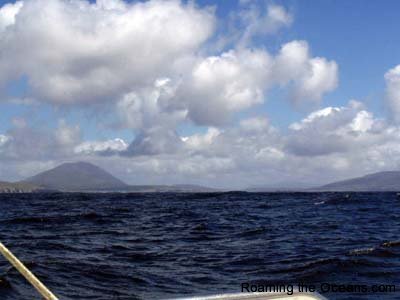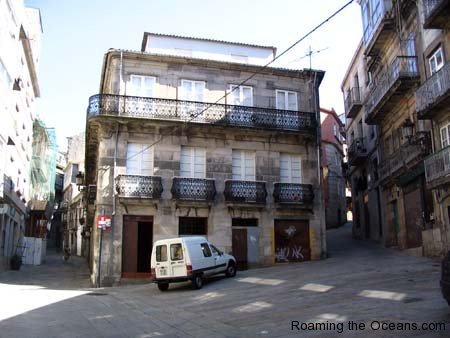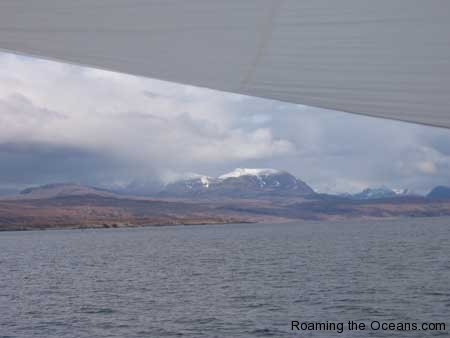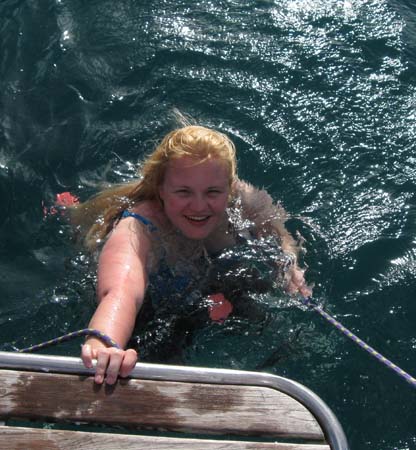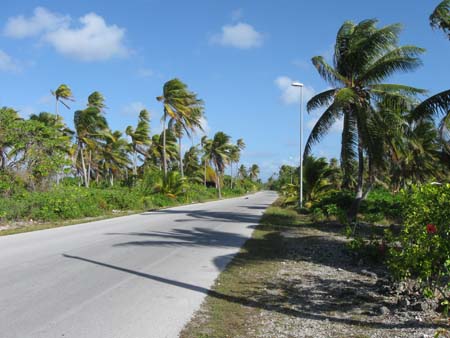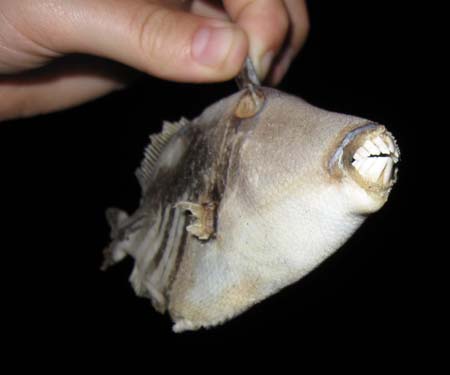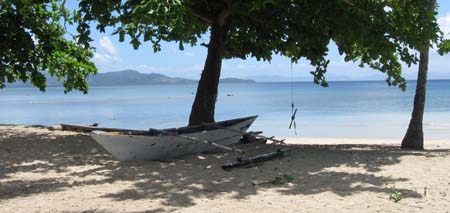We’re British so we allowed to complain about the weather. The pilot books and cruiser stories are full of how bad the lows can be as you approach New Zealand especially if you are south of 30°S. The trysail was rigged on its own track to the mast and we even replaced the ropes on th Bimini with spectra rope – an odd job that has been on the list for a year or so. The front arrived at midnight and Giselle turned through 90° almost like we were tacking as the wind pilot kept here at the same angle to the wind as it went from NW to SW. No increase in wind though. Lots of heavy rain showers and the wind died. The rest of the night was spent motor sailing!
If we weren’t British, we would be really excited at having such good weather all the way down. David of course is certain that it is his weather forecasting skills and course strategy. The real answer is that you can start long voyages with Giselle when many other boats have to stay in harbour. Sailing Giselle into headwinds is slower but still comfortable and she carries enough fuel to motor across oceans if there is none. We don’t make the 5 knots VMG to windward we were getting on the flat water inside the New Caledonian lagoon but normally manage 4.5 knots if the wind is up around 15 knots. VMG = velocity made good, this is the speed you are doing resolved into the speed directly into the wind. We left an Amel in Ile des Pins that was going to wait a week for a better weather window. Position: 32°09’S 171°18’E [-32.152,171.306]at 06:00 GMT+12 , 18:00 GMT 3rd November 24hr run: 134 miles by GPS. 155.8 by log. 0.9 knot current flowing NE. Found this the last two times we came to NZ as well 277 miles to Whangarei, New Zealand. ETA at 5 knots: 16:36 Sun 6th November GMT+12 Time Wind: South 5 knots Sea: SW swell 2m Sky: 70% cloud cover

